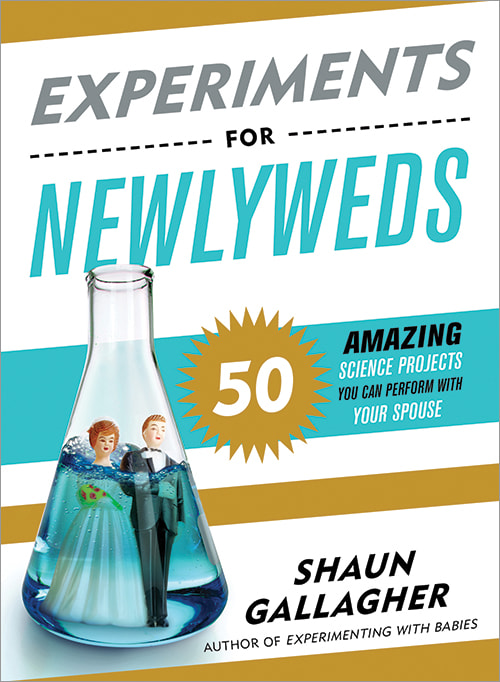Try This Experiment on Your Baby!
Project name:
False Positives, False Negatives
Age range:
15 to 20 months
Research area:
Social and emotional development
Like this experiment?
Buy "Experimenting With Babies," which contains 50 other fascinating science projects you can perform on your kid. It makes a great gift for new parents!






